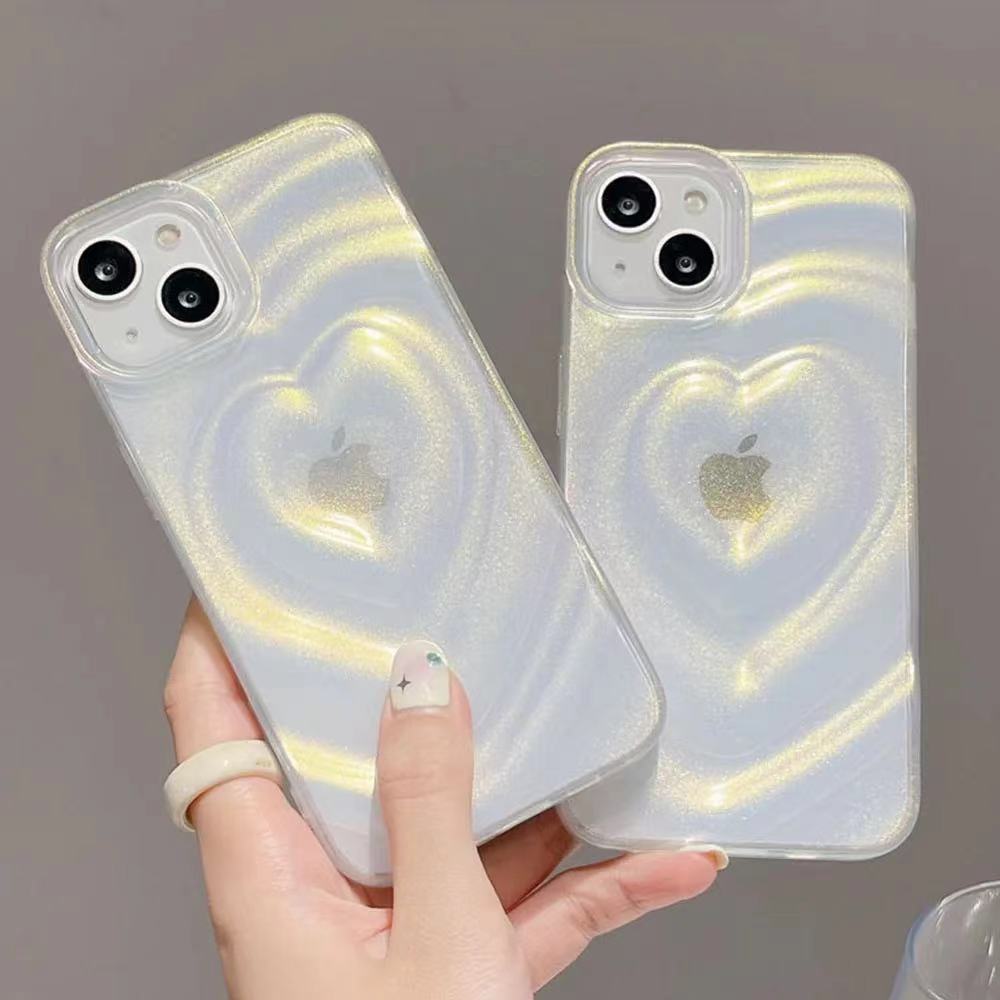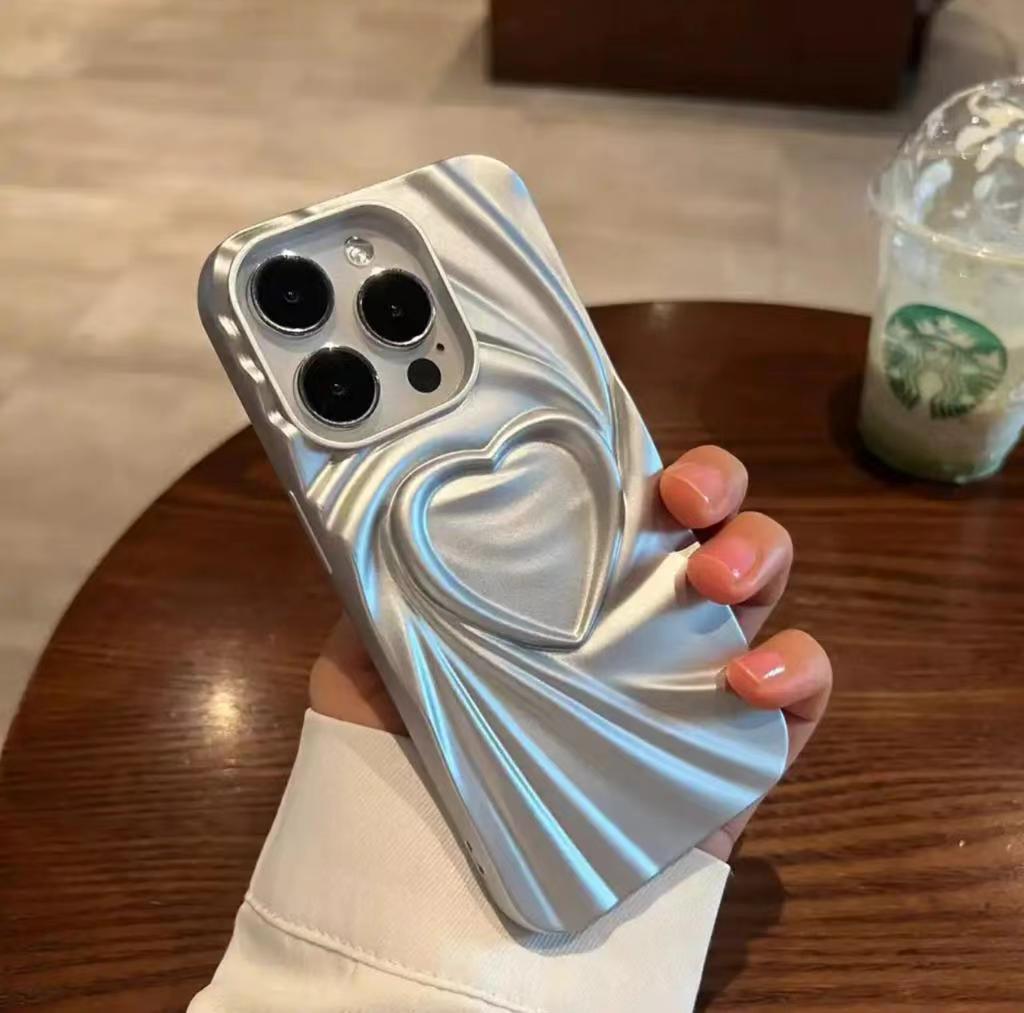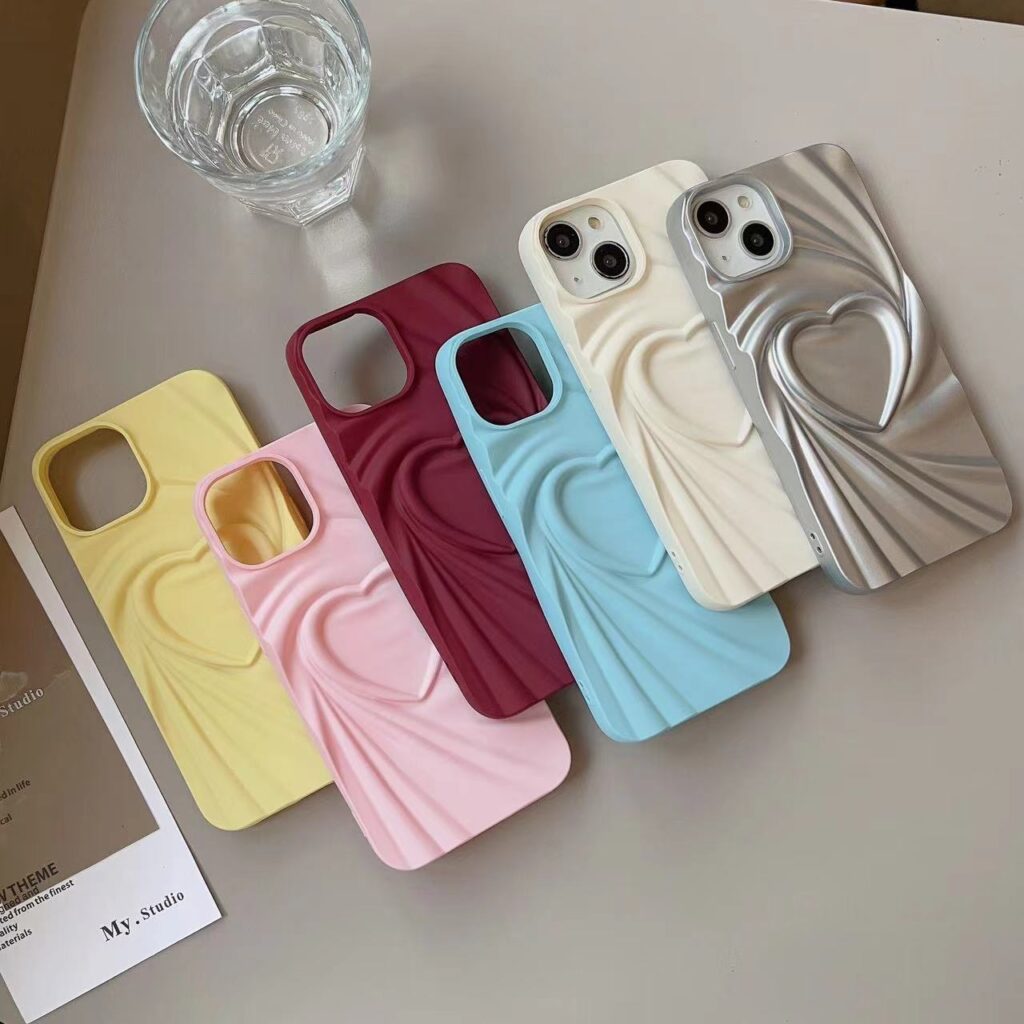The Problem: Scratches, Cracks, and Touchscreen Protection
Imagine dropping your brand-new iPhone face down on concrete. The sound of the impact alone would make your heart sink. Even with Apple’s advancements in screen durability, including their renowned Ceramic Shield, one drop could mean ugly scrapes or a cracked screen. This could mean expensive repairs or a hit to the resale value of your phone. But what if there was an easy fix?
That’s where the screen protector debate comes in. Lots of iPhone users wonder if they should use one at all. Some people trust the strength of their phone’s screen, while other people couldn’t imagine leaving their phone unprotected. Therefore, do you truly need to put a screen protector on your iPhone or not?

Is a Screen Protector Necessary?
No, a screen protector is not strictly necessary, but it could be a wise investment depending on your habits and lifestyle.
iPhones, especially newer models, are designed with durable screens and many people feel confident not using a screen protector. But if you use your phone in a harsh environment or you have had experiences with getting scratches or cracks in a screen, then using a screen protector can give you peace of mind and extra protection. Let’s talk about some of the specific reasons you might want to consider adding this extra layer:
Reasons to Use a Screen Protector
- Scratch Protection: Even though Apple’s Ceramic Shield is highly resistant, it’s not completely scratch-proof. Small things like keys, coins, or even the fine grains of sand in your pocket or bag can put tiny scratches in the surface of your screen. Over time, these little blemishes can add up and become more noticeable, distracting from the clarity of your display. A screen protector provides a sacrificial level to absorb these minor scratches.
- Impact Resistance: Drops happen—whether you’re rushing out the door, or just being clumsy. A screen protector, especially one made from tempered glass, can take the initial shock and keep your actual screen from getting damaged. While it’s not going to make your iPhone indestructible, it adds a critical layer of defense against cracking with minor impacts.
- Ease of Cleaning: Some screen protectors come with oleophobic (oil-repellant) coatings, making it easier to wipe off fingerprints, smudges, and dirt. Your screen stays cleaner, longer, with fewer streaks. It will look and feel fresh out of the box.
- Privacy Options: If you use your iPhone in a lot of public spaces, a privacy screen protector might be helpful. These are designed to stop people from peering at your screen from the side and seeing your banking info, your private messages, or whatever else you don’t want people to look at.
Considerations For Not Using a Screen Protector
That said, modern iPhone screens are more durable than ever. If you’re careful with your device and primarily use it in safe environments, you may not find a screen protector necessary. Many users love the natural feel of the iPhone’s glass, and even the best screen protectors can slightly alter this experience.
Moreover, screen protectors themselves can get scratched or damaged, which means they may need replacing from time to time. Lower-quality protectors can also interfere with the phone’s display quality, affecting brightness, color accuracy, and even touch sensitivity.
Ultimately, whether or not to use a screen protector depends on your personal preferences and how much protection you feel your iPhone needs.
The Middle Ground: Finding a Balance Between Protection and Performance
Even if you’re leaning toward not using a screen protector, there are still some specific questions you may need answers to. Keep reading while we dive into the details of touch sensitivity, types of screen protectors, and if full-screen options are the best choice for you.

Do Screen Protectors Affect the Touch Sensitivity of the iPhone 15?
When it comes to touch sensitivity, most high-quality screen protectors, especially tempered glass ones, are built to sustain the iPhone’s touch experience. If you put them on correctly, they should not affect the responsiveness of your device significantly. In fact, the thinness of modern screen protectors (many are 0.33mm thick) means that you can barely even tell they are there when you’re using your phone.
That said, not all screen protectors are created equal. Some lower-quality protectors, or ones that are particularly thick, can cause problems and lead to missed taps or require you to press harder to get your device to respond. This is another reason why it’s important to choose a screen protector that is specifically designed for your exact iPhone and that is advertised to maintain your phone’s touch sensitivity. Brands like CaseMate and Belkin are known for making protectors that provide protection while ensuring your phone can still be used as designed.

What Type of Screen Protector Is Best for an iPhone?
There are several different types of screen protectors to choose from and the right one for you will depend on your priorities:
- Tempered Glass: By far the most popular option because of durability and the way it feels to the touch. Tempered glass protectors are clear, super scratch resistant, and provide excellent impact protection. They are a little bit thicker than other options but usually do not interfere with the usability of your phone.
- Privacy Protectors: If you’re someone who uses your phone a lot in public places, you could consider getting a privacy screen protector. Basically, all that these do is limit the viewing angles, so people can’t see what’s on your screen when they’re looking over your shoulder.
- Anti-Glare (Matte) Protectors: These are perfect for someone who is outside a lot or in a high-brightness environment. Anti-glare reduce screen glare and fingerprints, but can offer a slight reduction in the clarity of the display.
- TPU (Thermoplastic Polyurethane): This type of protector is made out of polyurethane film. It gives a little flexibility and is often used for full-screen coverage that extends to the curved edges. The downside is they are not as smooth as glass, and they don’t give as much protection from impacts to your screen.
- Nano Liquid Coatings: This is a newer thing where you apply a liquid solution to your screen that makes it scratch resistant. The downside is that it does not provide very much protection from impacts to your screen. Also, you can’t just put more on if the coating wears off.
Are Full-Screen Protectors Better?
Full-screen protectors fully cover the front of your iPhone, so they also cover the curved edges. These protectors offer complete protection, but they can sometimes be slightly out of alignment at the edges or impact the quality of your front-facing camera (due to reflections).
Non-full-screen screen protectors only cover the flat part of the screen. They leave a small gap around the edge, so are easier to put on and don’t impact the design of your phone.
Both kinds of protectors work fine, so you need to decide whether you want a protector that looks really good or one that offers protection around the edges. If you want something that looks perfect, then you should go with a full-screen screen protector; but if you’re really concerned about your camera and not having any issues with the edges, then go with a screen protector that doesn’t cover the edges.

Are High-End Screen Protectors Worth It?
Investing in a high-end screen protector can be a good idea, but usually only if you want something more long-lasting with more protection. Most expensive screen protectors usually come with other features (like an anti-glare coating), better kits for putting the screen protector on so you don’t get bubbles, and are going to last a little bit longer.
But if you’re someone who replaces their phone constantly, or you’re someone who is ultra-careful with your phone and you know it will last you years, then you might be someone where a $10 case is perfect for you.
Conclusion
Ultimately, whether you need a screen protector for your iPhone comes down to your own personal preference and your lifestyle. If you like to keep your device pristine, especially in environments where it’s more prone to getting damaged, then you probably want to put a screen protector on it. On the other hand, if you’re confident in your ability to care for your iPhone, then you might prefer the feel of the naked screen.
Whether you go for a high-end tempered glass protector or decide to go without one entirely, understanding the pros and cons will help you make the best decision for your device. After all, your iPhone deserves the best protection you can give it.

